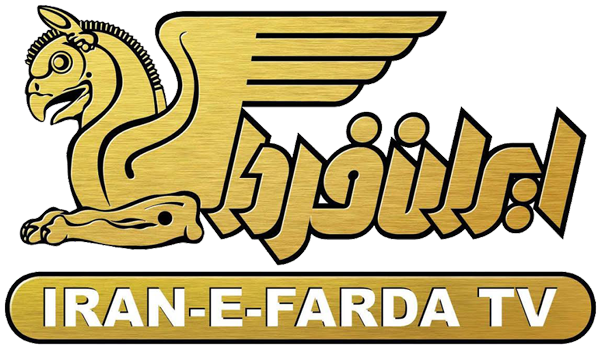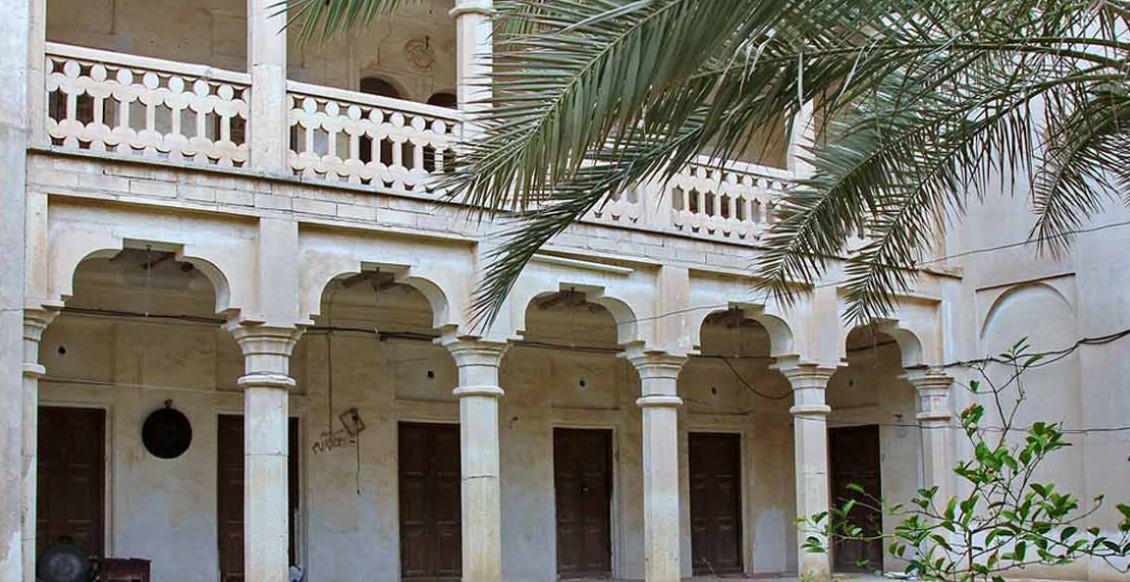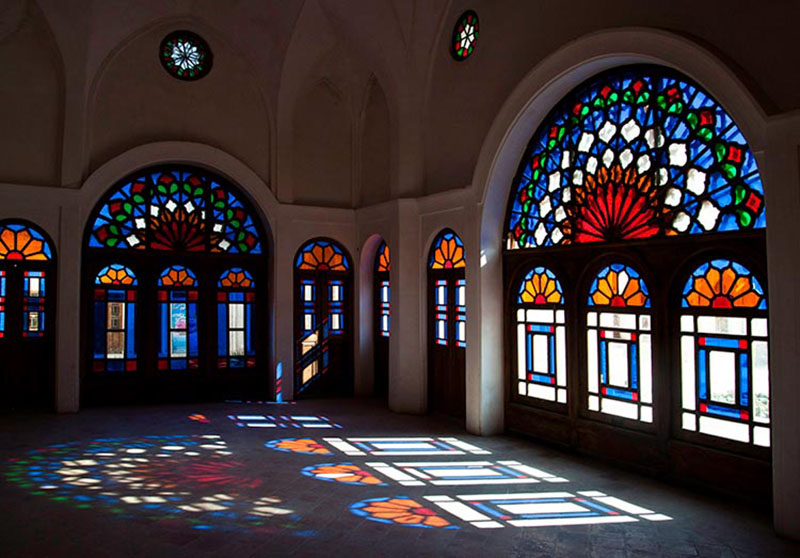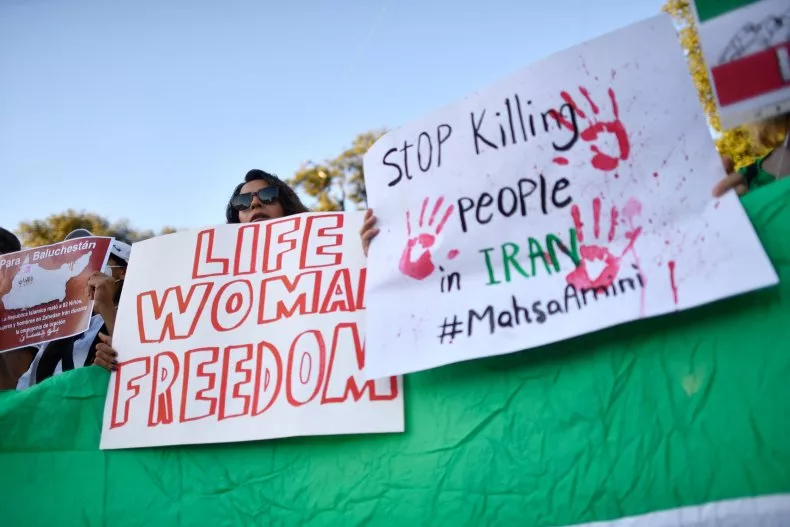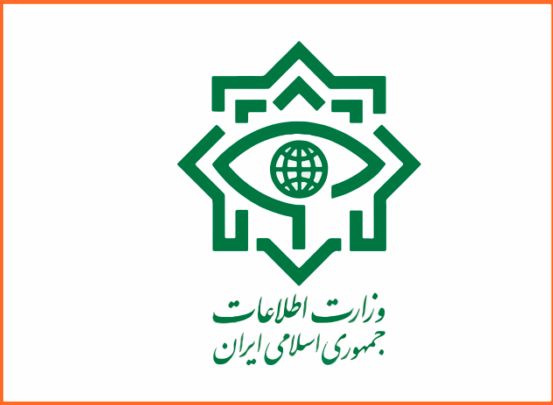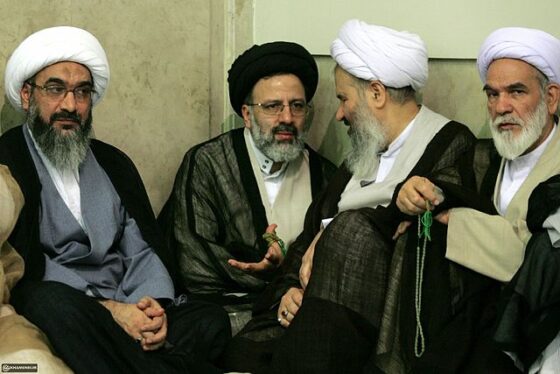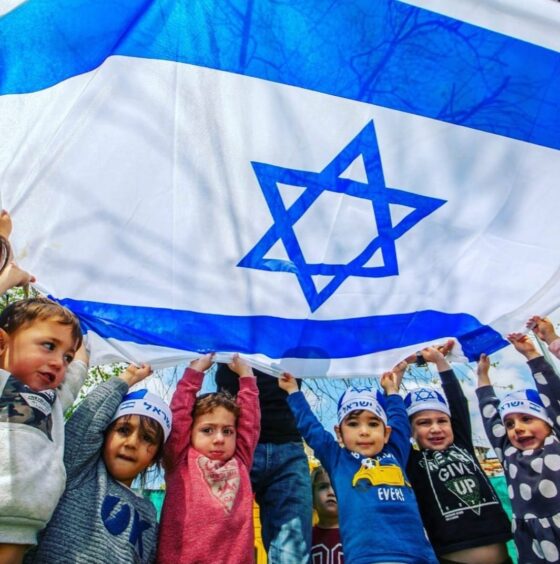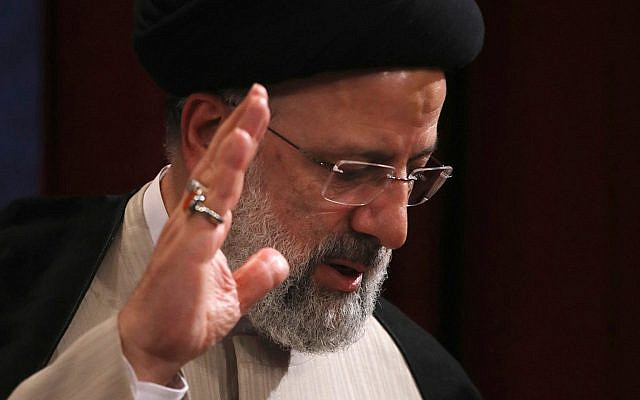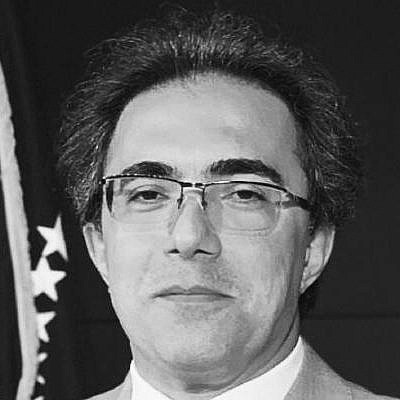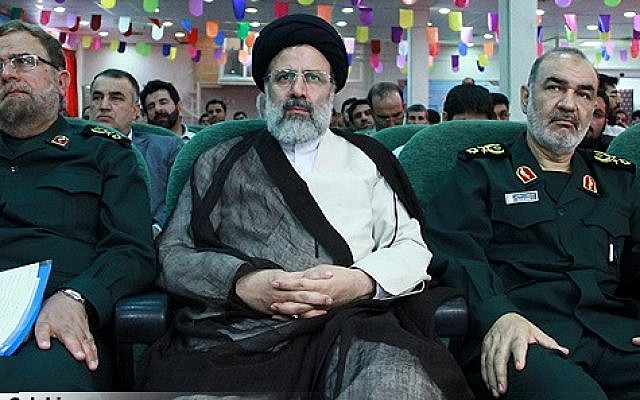Iran petrol protests: ‘100 leaders’ arrested in crackdown
Published on: 2019-11-22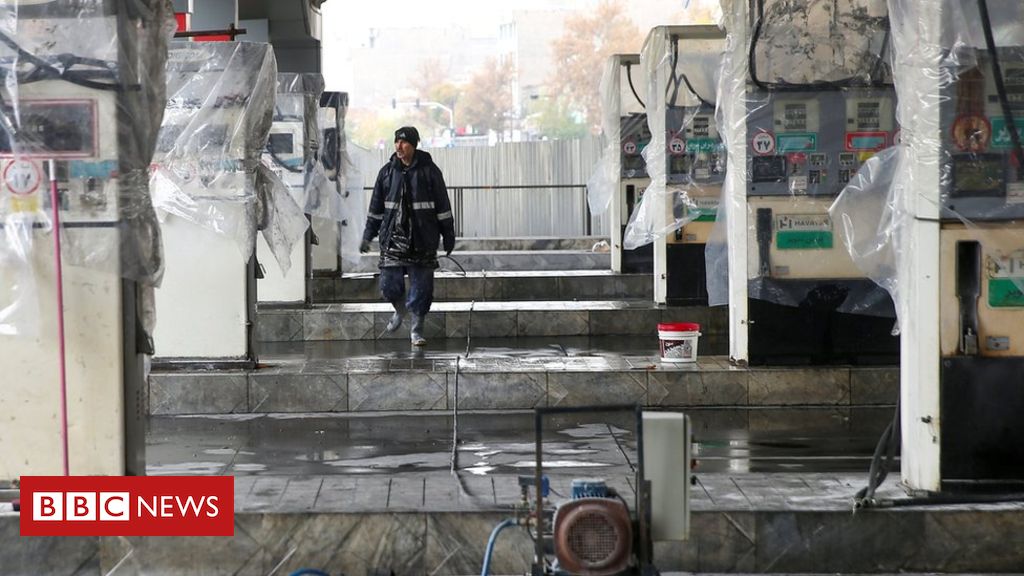
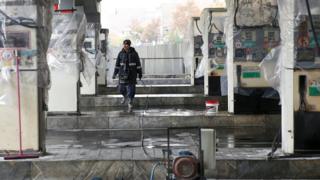 Image copyright
Image copyright
Reuters
Banks and petrol stations were set ablaze in the unrest
Iran has arrested about 100 leaders of the protests against a hike in petrol prices, the judiciary says.
They were identified and detained in “various parts of the country” by Iran’s powerful Revolutionary Guards.
The announcement came as the US placed sanctions on Iran’s communications minister for restricting internet access during the unrest.
Amnesty International says more than 100 people were killed during the protests which hit several cities.
Other sources say the toll may be far higher. Iranian officials earlier this week confirmed 12 deaths.
Iran’s president on Wednesday claimed victory against an “enemy plot”, saying that “subversive elements” backed by the US, Israel and Saudi Arabia were behind the unrest.
Judiciary spokesman Gholamhossein Esmaili told state TV on Friday that as well as the 100 protest leaders and prominent figures already detained, a “significantly larger number” had been identified and would soon be arrested.
How did we get here?
The protests erupted last Friday after the government announced the price of petrol would be increased by 50%.
The price of a litre rose to 15,000 rials ($0.12; £0.09 at the unofficial market exchange rate). Drivers were told they would be allowed to purchase only 60 litres each month before the price rose to 30,000 rials.
President Hassan Rouhani said the government was acting in the public interest, and that the money raised would be distributed to the country’s neediest citizens.
But the decision was met with widespread anger in a country where the economy is already reeling as a result of US sanctions. They were reinstated last year when President Donald Trump abandoned the international 2015 deal with Iran on curbing its nuclear ambitions.
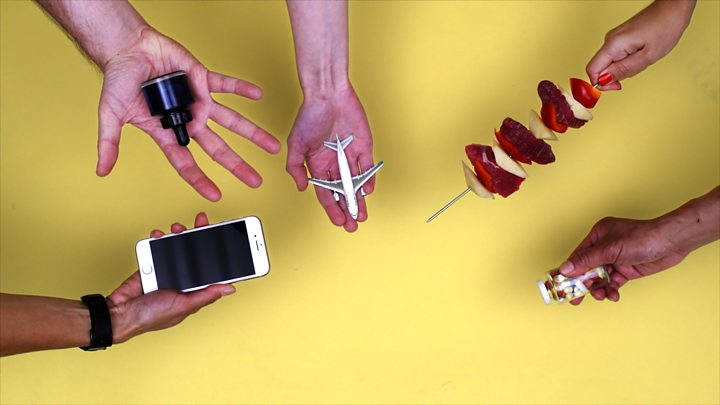
Media playback is unsupported on your device
Iran’s oil exports have collapsed; the value of the rial has plummeted; and prices of basic goods have soared.
Banks and petrol stations were set ablaze as protests spread across the country and demonstrators clashed with security forces.
What about the internet?
The government has blocked Iranians’ access to the internet since Saturday, making it hard to gather information and assess the situation on the streets.
Authorities have said they are starting to return connectivity, but the internet remained mostly blocked in the country on Friday.
US Treasury Secretary Steven Mnuchin said Washington was imposing sanctions on Communications Minister Mohammad-Javad Azari Jahromi “for restricting internet access, including to popular messaging applications that help tens of millions of Iranians stay connected to each other and the outside world”.
“Iran’s leaders know that a free and open internet exposes their illegitimacy, so they seek to censor internet access to quell anti-regime protests,” he added.
